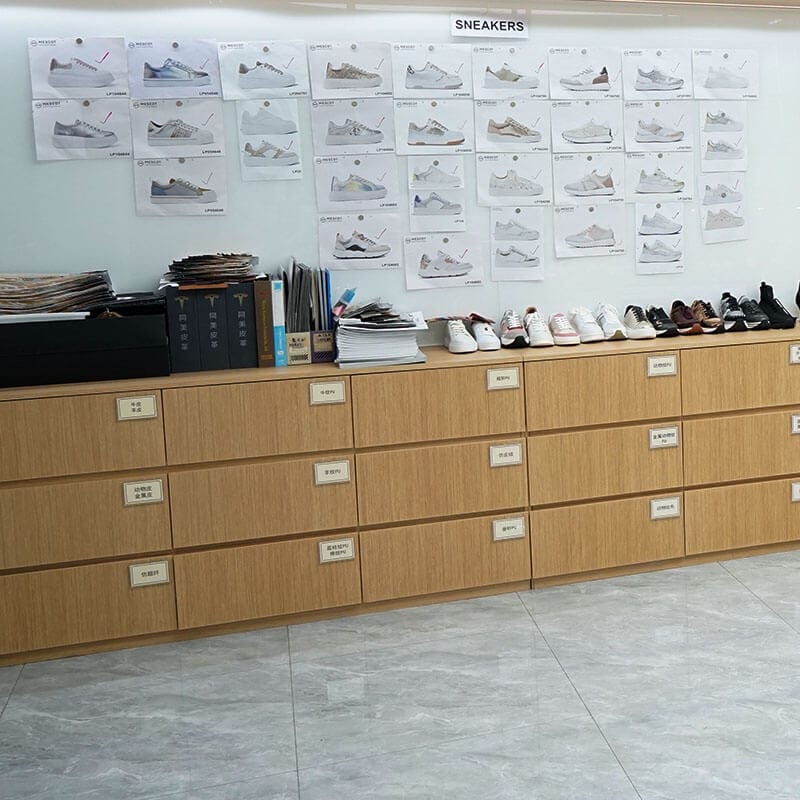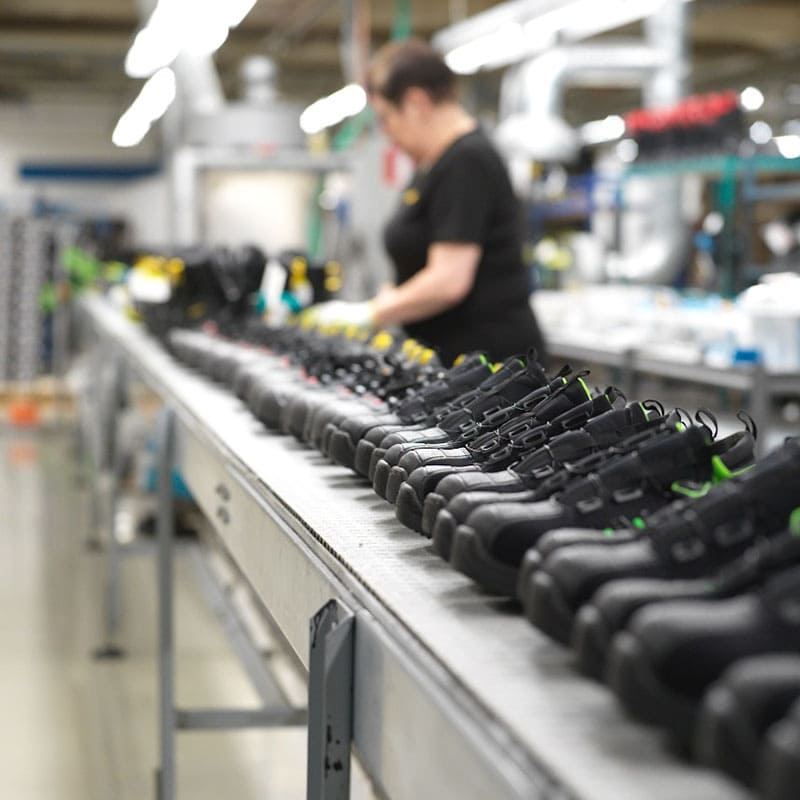We each have at least one pair of sneakers, which provide protection and comfort for our feet and have a stylish and beautiful look. Sneakers are at the forefront of the shoe industry’s profitability, with an estimated market value of around $85 billion globally in 2022. Brands such as Nike and Adidas constantly explore ways to innovate and improve their sneaker design.
The sneaker industry is driven by innovation, and technology has been the leading force in the success of many brands. So how does technology enhance athletic shoe design? Technology has revolutionized the sneaker design industry in many ways.
Make sneaker design more accurate but cheaper
Technology has made designing sneakers much less costly yet more flexible and precise. This has allowed sneaker designers to create complex, bespoke designs for a fraction of the cost of traditional methods.
Technology has enabled sneaker designers to use 3D modelling technology to create highly detailed designs that can be quickly and easily adjusted to suit the customer’s needs. This means that designers can create a single design and then adjust various elements such as the shape, material and color to create multiple sneakers with the same design. This saves the designer time and money; they don’t have to create completely new designs for every customer.
Technology has also allowed sport shoe designers to use computer-aided design (CAD) and manufacturing (CAM) to create highly precise designs. CAD and CAM allow designers to create designs that are exact to the millimetre and can be quickly and easily adjusted. This means that designers can create designs with intricate details that will fit the customer perfectly without sacrificing accuracy or time.
Moreover, technology has allowed sneaker designers to create digital versions of their designs, which can be used as prototypes before any physical production. This means that designers can quickly and easily test their designs before committing to a physical product, saving them time and money in the long run.

Reduce sneaker design and production time
Technology can reduce the lead time for sneaker production from 3 months to just a few weeks. With the advent of 3D printing and automated production systems, the lead time for sneaker production has been dramatically reduced, allowing shoe companies to produce sneakers faster.
3D printing lets shoe companies quickly and easily create custom designs with intricate details and unique shoe pattern. Automated production systems use robots to rapidly assemble components and parts, reducing labor costs and increasing efficiency. AI and machine learning can be used to optimize the design and production of sneakers, allowing footwear companies to create products faster than ever before.
Some sneaker designers have tried using VR to design shoes. Virtual reality allows designers to sketch in three dimensions, drastically reducing the time it takes to test different design iterations.

In addition, digital technologies such as augmented reality, virtual reality, and 3D scanning can be used to create highly accurate 3D printed shoe that can be used for product testing and market research. This allows footwear companies to make rapid design changes and improvements as needed. Using digital technologies also reduces the need for prototyping, which can be costly and time-consuming.
By leveraging modern technologies, a sneaker factory can reduce lead times and produce more accurate and innovative sneakers in a fraction of the time it used to take.
Bringing new athletic shoe designs to improve quality
Technology has played a significant role in improving shoe quality and influencing sneaker design in recent years. With the help of technology, materials used in sneakers have become more durable, lightweight, and breathable. For instance, Nike‘s Flyknit technology uses a seamless, single-layer knit upper that is both lightweight and breathable. Technology has also helped shoe manufacturers reduce their environmental impact using sustainable materials and manufacturing processes.
For instance, Nike’s Flyleather technology uses at least 50% recycled leather fibres to create a more sustainable alternative to traditional leather.
Make sneakers fit better
Technology is making sneakers fitter and helping reduce the risk of injury in several ways. New cushioning technologies are being developed designed to absorb and disperse shock, helping to reduce the impact of running on the feet and lower the risk of injury. Additionally, new materials and manufacturing techniques are being used to create shoes that are more comfortable and durable than ever before.
Finally, new technologies such as 3D printing are being used to create custom-fit shoes that perfectly fit the wearer. Brands like Adidas and Under Armour have started using 3D printing to create custom-fit shoes, enhancing comfort and improving performance.
Design and manufacture smart sneakers
The development of technology has helped to revolutionize the design of smart sneakers and make them more accessible and user-friendly than ever. Smart sneakers are shoes equipped with a range of sensors and electronics that allow them to monitor the activity and health of the wearer. This technology can track steps taken, calories burned, distance travelled, and even heart rate, among other things.
The first wave of smart sports shoes was made possible by the rapid advancement of digital technology, which allowed for the development of tiny sensors and components that could be embedded in the shoe’s sole. This allowed for the development of a range of sensors that could track a range of metrics and provide actionable insights to the wearer.
These sensors are typically connected to a smartphone app that can monitor the data collected by the sneakers. This data can provide a range of insights, such as steps taken and calories burned, as well as more detailed information, such as running patterns, speed, and distance travelled.
Smart sneakers are typically made using lightweight and breathable materials, making them comfortable to wear and ideal for various activities. The sensors and electronics are generally hidden in the shoe’s sole, making them discreet and comfortable.
Smart athletic shoes are also designed with user-friendly features that make them easy to use. Many smart athletic shoes have Bluetooth connectivity, allowing them to sync instantly with a smartphone and provide real-time data.
What other technologies will affect the sneaker design in the future?
In the future, technologies such as artificial intelligence, machine learning, and advanced materials will have a major impact on the design of sports shoes. AI and machine learning can be used to analyze data from 3D scans and CAD models to create more personalized and tailored shoe designs. Advanced materials such as graphene, lighter and stronger than traditional materials, can also create lighter, more durable athletic shoes.
Additionally, augmented reality can create immersive experiences that allow customers to virtually try on shoes before buying them.






